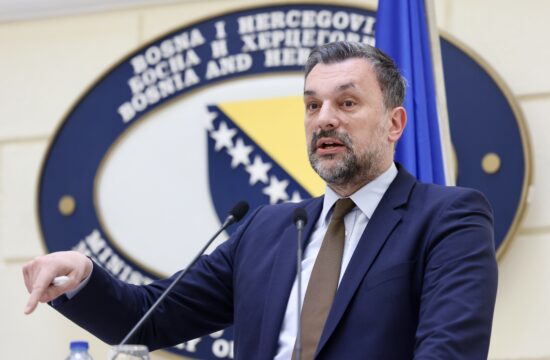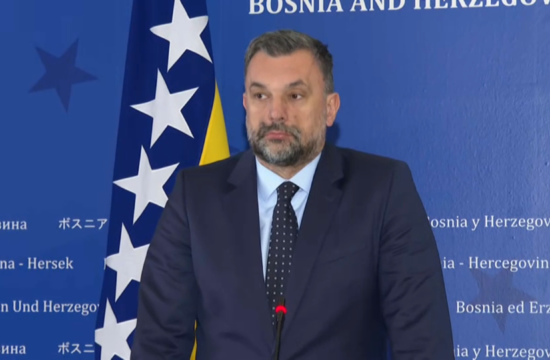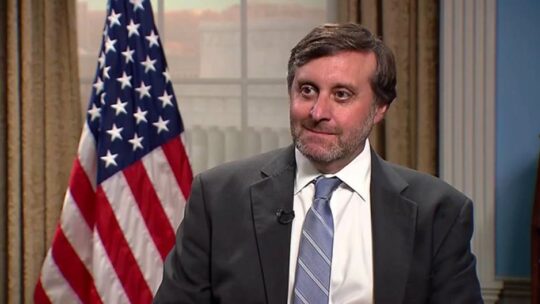
The European Bank for Reconstruction and Development (EBRD) agreed to invest additional €210 million into building new Corridor 5C sections, Bosnia's prime minister Denis Zvizdic said during Thursday's session "Invest in Bosnia: Invest in profitable projects," which is part of the annual EBRD meeting taking place in Sarajevo this year.
“This is why this investment forum is a good opportunity to invite all investors to invest in the construction of this corridor in which the EBRD invested €550 million so far, bringing the total to €1.3 billion earmarked for the road construction in Bosnia,” he said.
We have signed a loan for a new motorway section of #CorridorVc, major route crossing #BosniaHerzegovina ??. Previous investments in this key #infrastructure have been supported by #EBRDdonors: @Eu_near via #WBIF being the largest. pic.twitter.com/wXwVen4rQc
— The EBRD (@EBRD) May 9, 2019
He recalled that Bosnia had some €400 million of foreign direct investments last year, which is an increase of 50 percent compared to 2017, and that this growth trend continued in 2019.
“The biggest foreign investor in Bosnia is Germany, then come Austria, Croatia, Serbia and Slovenia who mostly invested in the production sector. Employment also rose to 820,000 jobs, while in 2015 we had 700,000 jobs. The unemployment rate was 20.5 percent at the end of 2017 which fell to 18 percent in 2019, according to the labour force poll,” he noted.
He pointed out that Bosnian authorities intend to capitalize on the advantages in the IT, energy, wood processing, mining and other sectors, to the great satisfaction of both investors and Bosnian citizens.
“The first sector we plan to focus on is energy. Bosnia's economic potential in hydro-power is 5,800 Mwh, making it the 8th largest hydro-power producer in Europe. The other important sector is road infrastructure. Corridor 5C which passes through Bosnia is 335 kilometres long whose construction means connecting Bosnia to Central Europe.
Speaking about Bosnia's GDP growth, Zvizdic said the previous growth trend of above 3 percent continued in 2019, and its export-import coverage was 62 percent.
Bosnia remains the least indebted country in the region, and in Europe with its debt being less than 35 percent of the GDP, he noted, adding indirect taxation revenues rose in 2018 by 7.5 percent, and are some €250 million higher.




